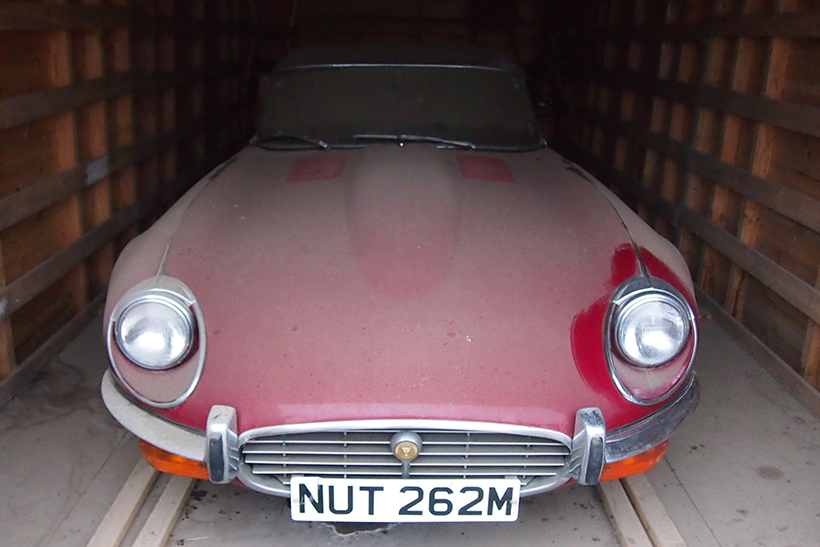Buying and selling old cars is a tricky business and everyone has their own way of doing it. We round up our 10 suggestions.
We’re all familiar with the usual car buying advice as applied to modern cars and it’s probably true to say that modern legislation means you’re better protected than ever when buying a car from a properly established motor trader.
Indeed, it’s said that you’re more likely to be stitched up with a lemon by a private seller than a dealer and in the world of classics most traders tend to guard their reputation jealously so don’t tend to deal in cars which will dent that.
Private sellers on the other hand are an unknown quantity and although it’s nice to think that anyone sharing your interest and hobbies is unlikely to stitch you up, human nature is unpredictable. Here then are some tips from CW staffers and contributors. And let’s face it, we’ve all flogged cars we really didn’t want to see again…
1. Know your stuff
Do your research beforehand. This is true more for modern classics with frequent facelifts and model changes than for ‘60s cars but it still holds. Make sure you know the basic specifications and model years for different versions before starting to look. This sort of thing allows you to avoid buying a Crossflow- powered 1300 Cortina when you thought you were buying a 1.6L Pinto.
2. Go by the book
An old one this, but younger readers may not have heard it. If there’s a Haynes manual with the car – and there usually is – then give it a glance to find out which sections are particularly dog-eared and you’ll have a cluie to a car’s issues. For example, if you’re looking at an XJ6 and chapter three is especially grimy then you’ll know there’s a cooling system problem.
3. History check
Suggested by CW contributor Paul Guinness, a more recent development from VOSA is the ability to check a car’s MoT history online and it’s a brilliant tool for judging a car’s condition without even leaving home. Head to Gov.uk’s check mot history and all you need is the car’s registration number to see details of all the MoT tests from 2005 onwards. It’s the failures which are especially illuminating and show you where you need to concentrate your inspection.
4. Parts counter
Another one from Paul Guinness who found out the hard way: be aware of parts prices before you buy and don’t assume anything. For example, a wing for an Anglia 105E will cost far more than the same part for a Morris Minor. With modern classics, it pays to check the parts availability too: for example, trim for ‘90s Ford and Alfa Romeo models can be hard work. It’s often surprising bits too: the lenses for post-facelift XJS’s with the square lamps are unobtainable new and costly used.
5. Hot and cold
Another basic tip but one worth remembering. If you turn up at 8am on a Sunday morning and the engine’s already warm, someone’s got a cold running problem to hide.
6. Panel fit
Be familiar with the panel gaps and shut lines on a particular model and you’ll know whether the bodywork has been repaired properly or not. For example, the seams along the tops of the front wings on an MGB and under the doors on a Morgan.
7. Sound advice
If the radio comes on and is strangely loud when you start up, turn it off. It might well reveal that big-end noise or grumbling wheel bearing.
8. Home truths
Anything in the garage which suggests you might be buying a whole heap of trouble? Big tubs of body filler on the shelf? Big sack of cat litter to soak up the oil stains? Massive caravan parked on the drive and holes in the boot where the tow hitch has been removed…
9. Sight unseen
Don’t buy online without viewing the car first. It might look great in the pictures but we know from personal experience what can be achieved with Photoshop. Remember, everybody has their own idea of what makes a great car and what is an utter shed.
10. Get it home
How will you get it home? If it’s roadworthy then consider short-term insurance such as that provided by Dayinsure. Otherwise, check the towing rating of your own car if you’re planning to rent a trailer: replacing a clutch on a modern front-drive car can cost more than a transport firm will charge.






